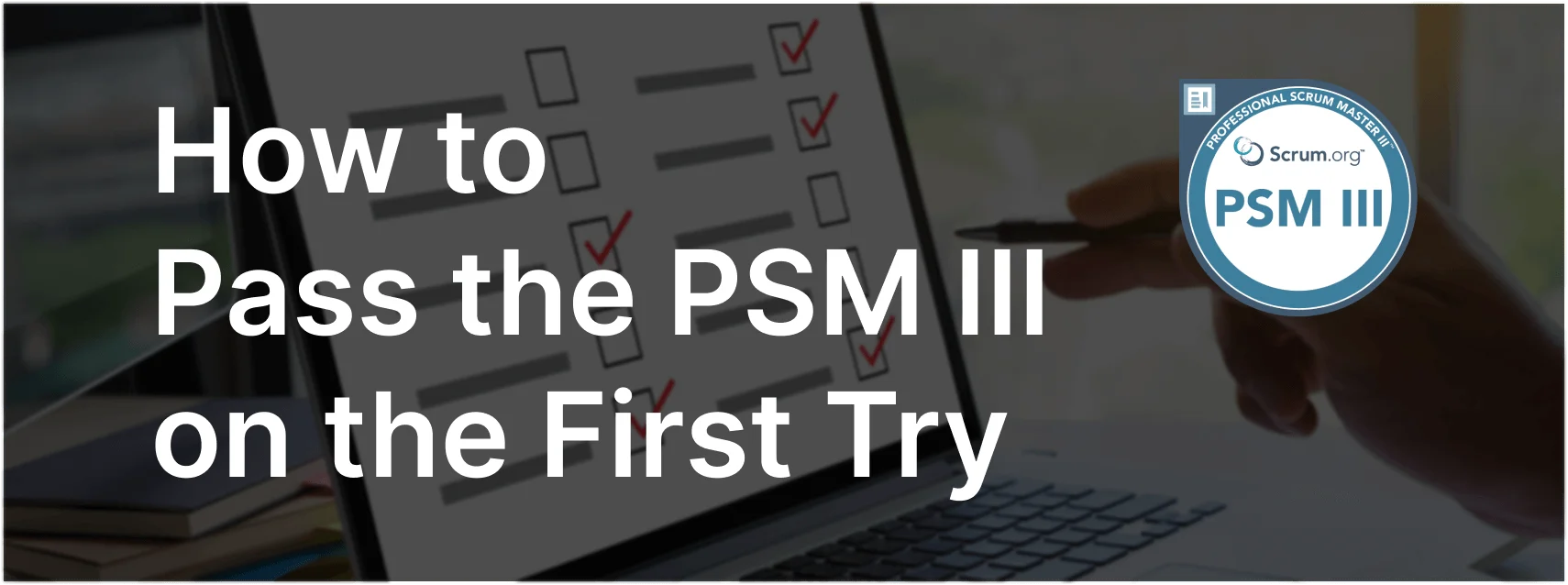Managing Stakeholder Expectations with an Incomplete Increment
In Scrum, it’s essential that each Increment is complete and meets the Definition of Done before it is released to customers. This ensures that the product is of high quality and is ready for use. However, there can be situations where stakeholders push for the release of an Increment that is not fully complete, which can lead to potential risks.
Exam Question
At a Sprint Review the Scrum Team and stakeholders inspect an Increment and discuss a Product Backlog item that is not done, because the required documentation needed for the Product Backlog item is not complete. The stakeholders are happy with the outcome and push the Scrum Team to put the product in the hands of the customer immediately.
You are the Scrum Master, what do you do with respect to the Increment and the push by the stakeholders to put the product in the hands of the customer immediately?
Explanation
Handling Incomplete Increments
- Upholding the Definition of Done:
Scrum’s Role: As a Scrum Master, it is crucial to ensure that the Definition of Done is upheld. The Definition of Done is a shared understanding within the Scrum Team that an Increment must meet certain quality standards and be fully complete, including all necessary documentation, before it can be considered ready for release.
Example: In this scenario, the documentation for a Product Backlog item is incomplete. This means the Increment does not meet the Definition of Done. Despite stakeholder pressure, it is the Scrum Master’s responsibility to ensure that the Increment is not released until it fully complies with the Definition of Done. - Educating Stakeholders:
Scrum’s Role: The Scrum Master should educate stakeholders on the importance of releasing only complete and fully tested Increments. Releasing an incomplete Increment could lead to potential risks, such as defects, customer dissatisfaction, and technical debt.
Example: The Scrum Master might explain to the stakeholders that while the current Increment looks promising, releasing it without the required documentation could lead to future problems, including difficulties in maintaining or scaling the product. - Facilitating a Compromise:
Scrum’s Role: The Scrum Master can facilitate a discussion between the stakeholders and the Scrum Team to find a compromise. For example, the team could agree to prioritize completing the documentation in the next Sprint, allowing for a complete Increment to be released shortly after.
Example: The Scrum Master might suggest that the stakeholders can start internal preparations or even demo the Increment to select customers while the team completes the necessary documentation.
Relevance to the PSM III Exam
In the PSM III exam, demonstrating an understanding of how to manage stakeholder expectations while upholding Scrum principles is critical. This scenario tests the Scrum Master’s ability to maintain the integrity of the Increment and ensure that it meets the Definition of Done before release.
Key Takeaways
- Definition of Done: Ensures that an Increment is fully complete and meets all quality standards before release.
- Stakeholder Education: It’s essential to educate stakeholders on the risks of releasing incomplete Increments.
- Compromise: Facilitate discussions to find a balanced approach that satisfies both the team’s and stakeholders’ needs without compromising quality.
Conclusion
As a Scrum Master, it’s important to ensure that the Scrum Team adheres to the Definition of Done, even when stakeholders push for an early release of an incomplete Increment. By educating stakeholders on the potential risks and facilitating a compromise, the Scrum Master can help ensure that only high-quality, fully complete products are delivered to customers. For more insights into managing stakeholder expectations and preparing for the PSM III exam, visit our Scrum Master PSM III™ Exam Prep.



